Karen Arakel
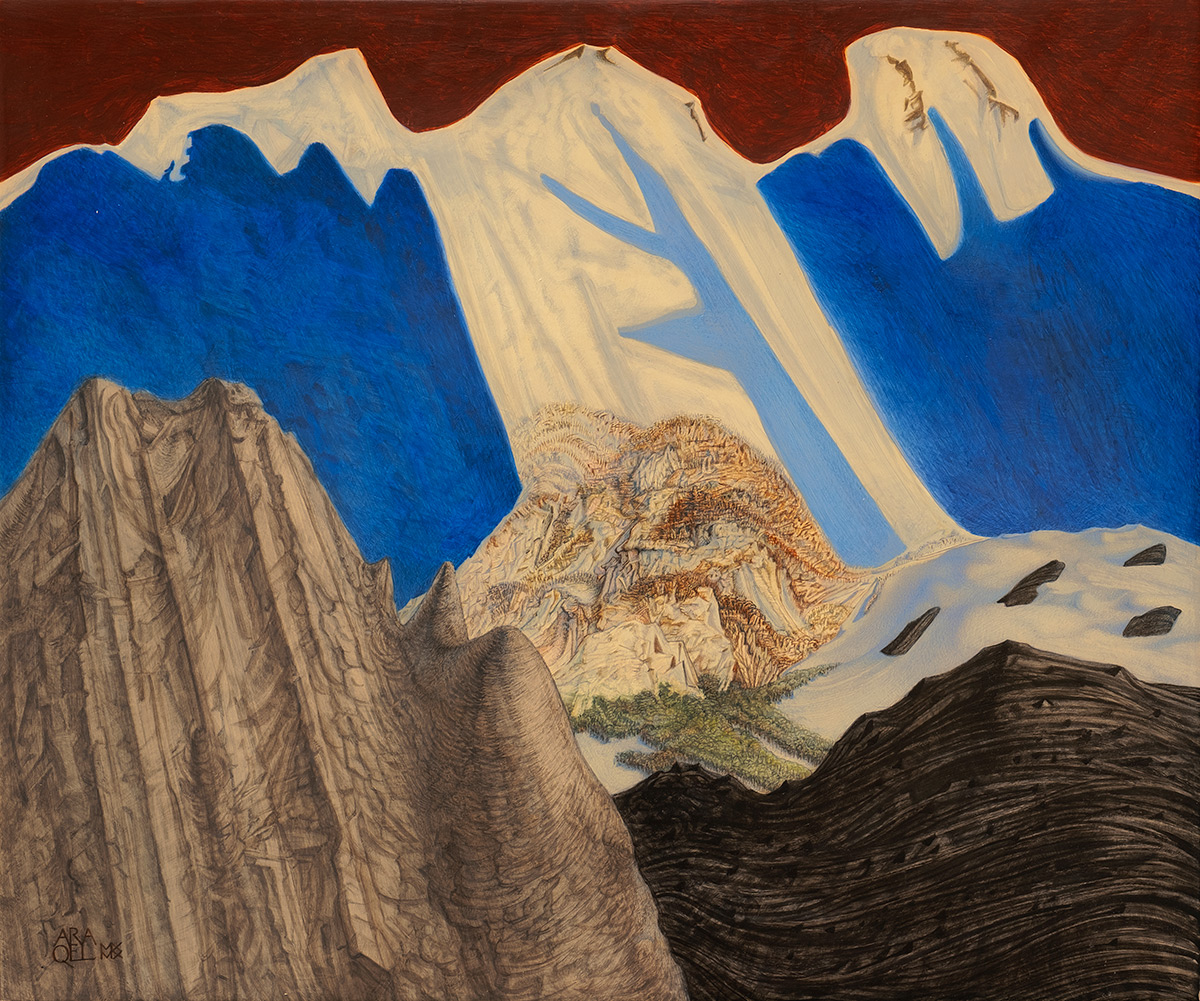
Ara Mountain (Ara Dağı), 2020

Manzara (Landscape), 2023

Umutta İyi Niyet (Bona Fide In Spe (Good Faith in Hope)), 2023

İğrençliğin Karanlığı (Darkness of Abomination), 2022

Dawn (Şafak), 2021
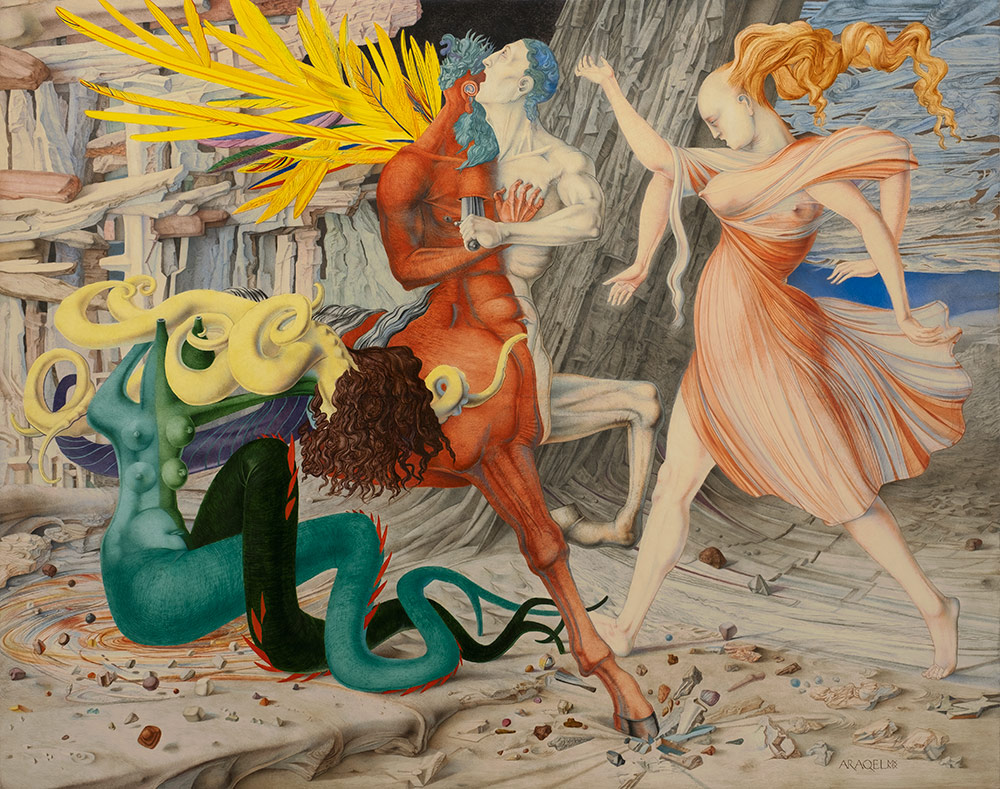
Bölünmüş İçgüdü (Split Instinct), 2020
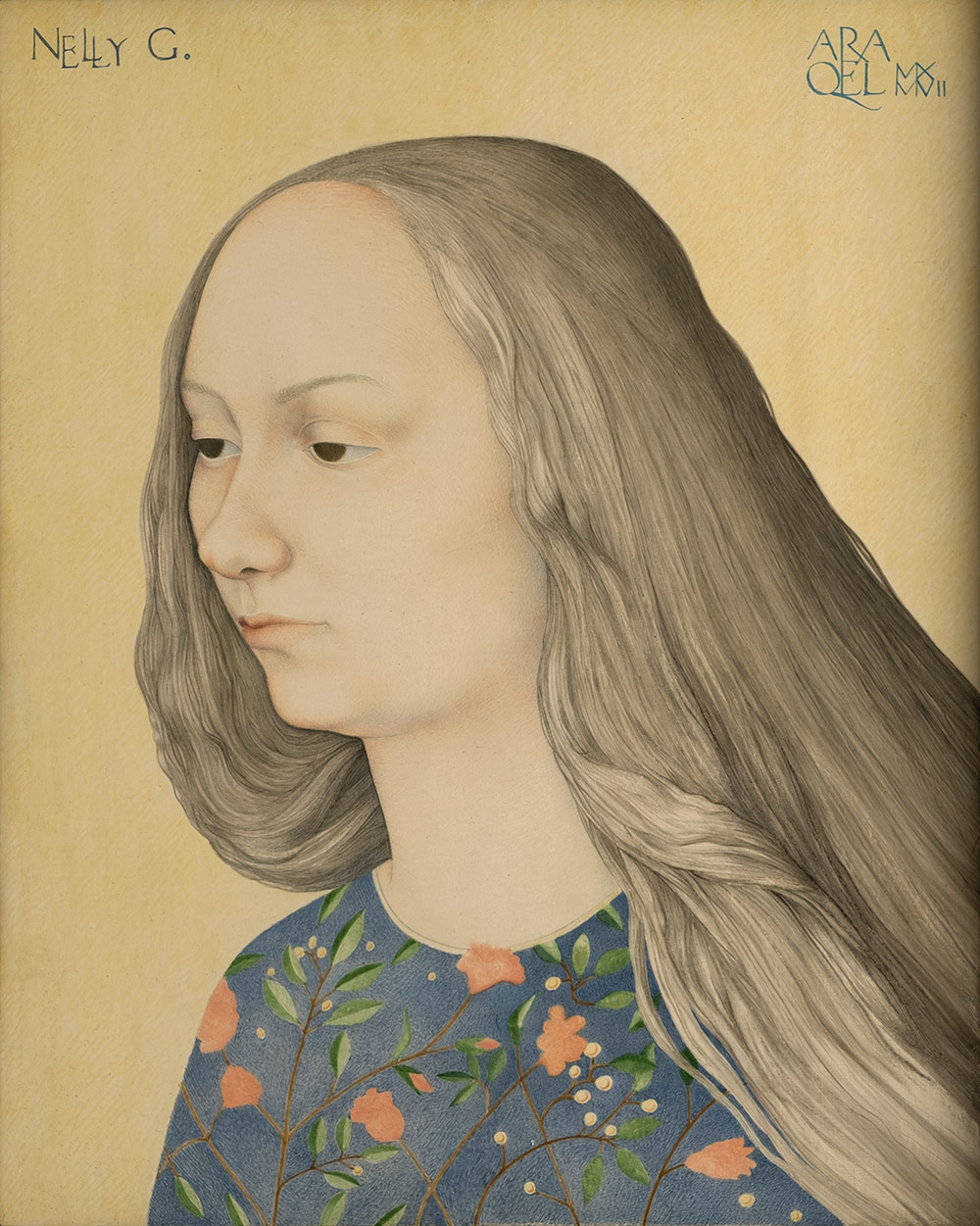
Nelly, 2017
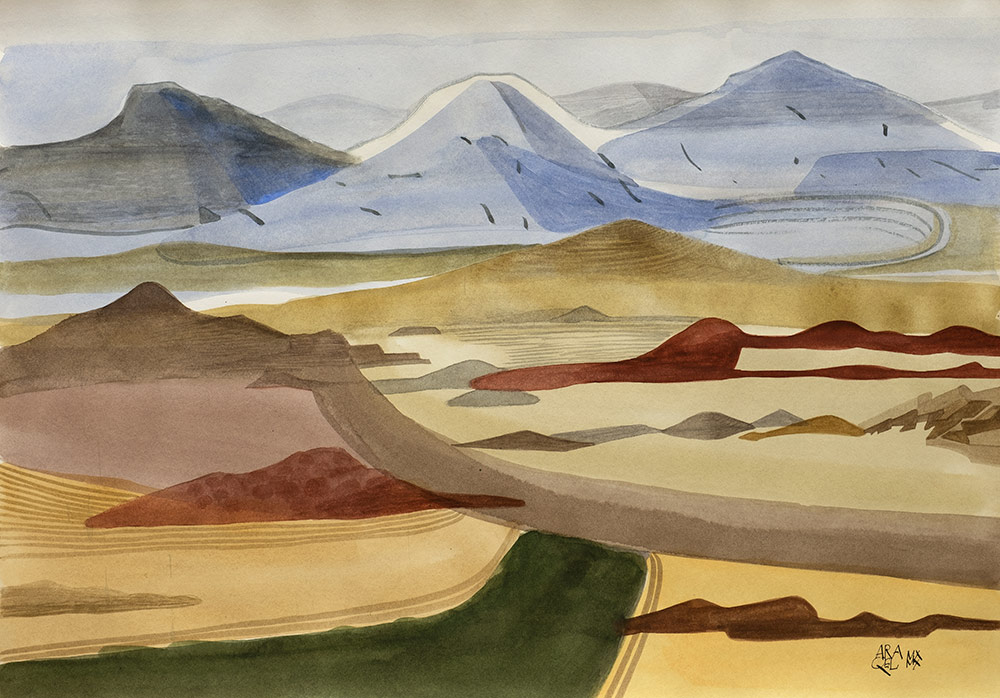
İsimsiz (Untitled), 2020
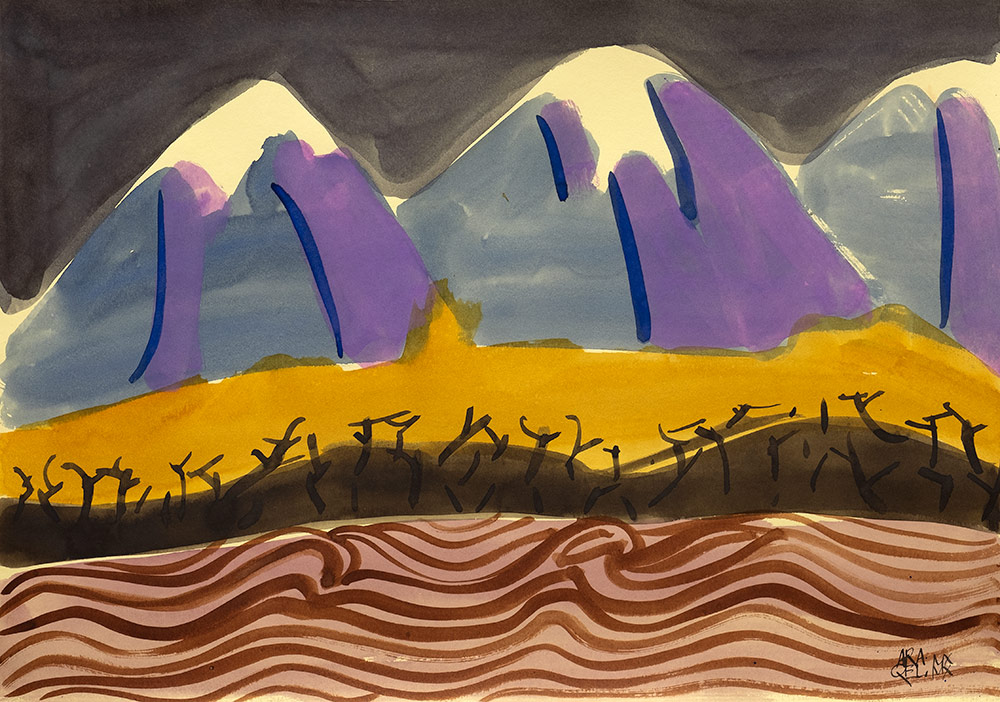
İsimsiz (Untitled), 2020
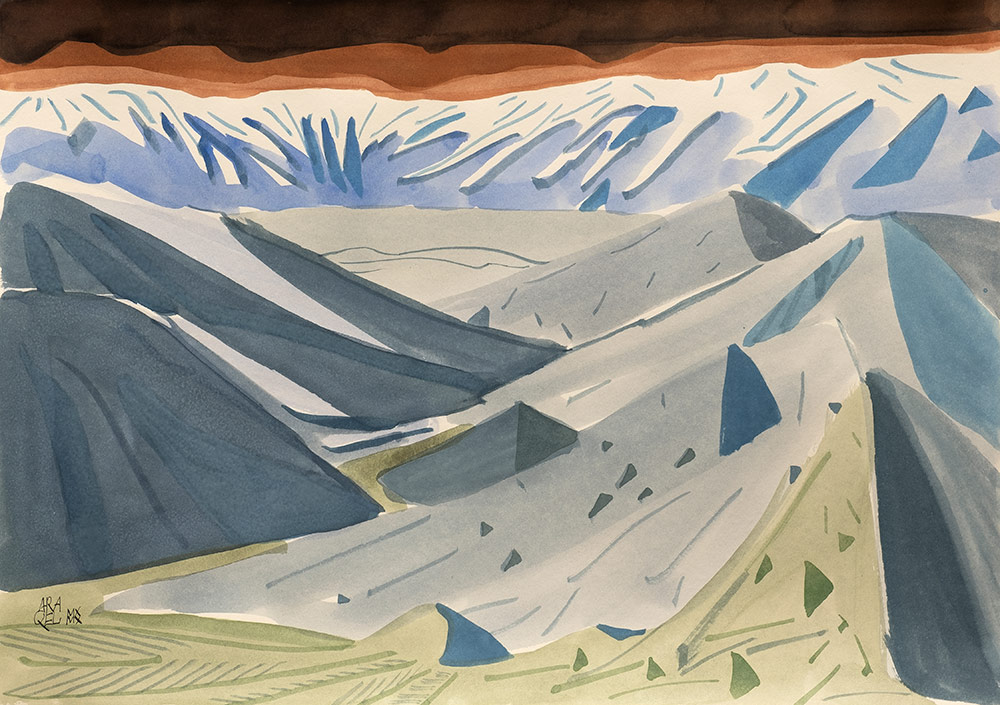
İsimsiz (Untitled), 2020
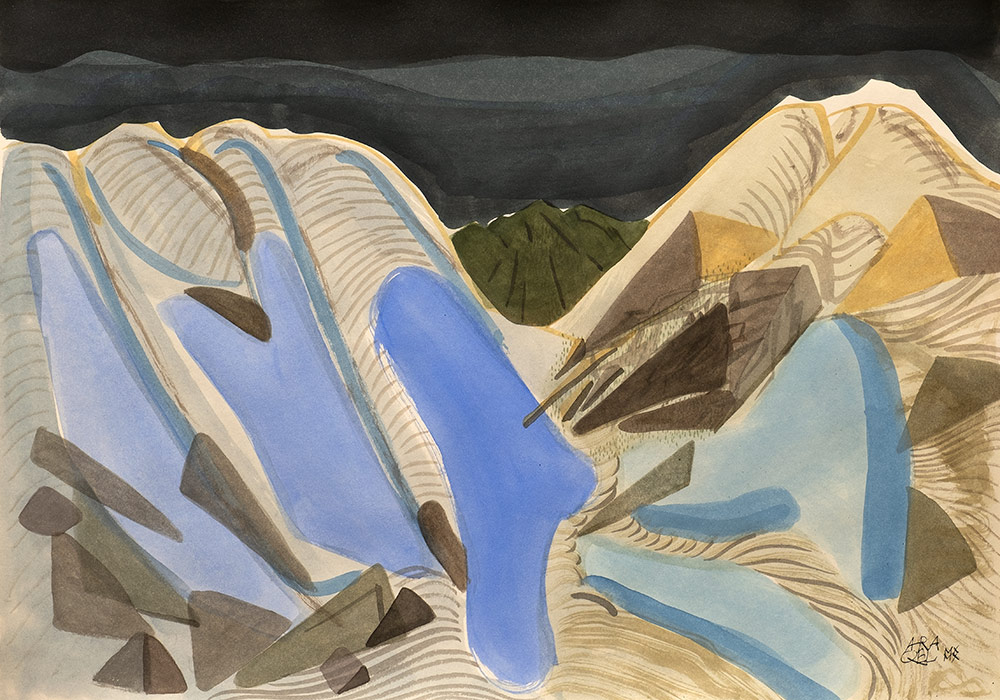
İsimsiz (Untitled), 2020
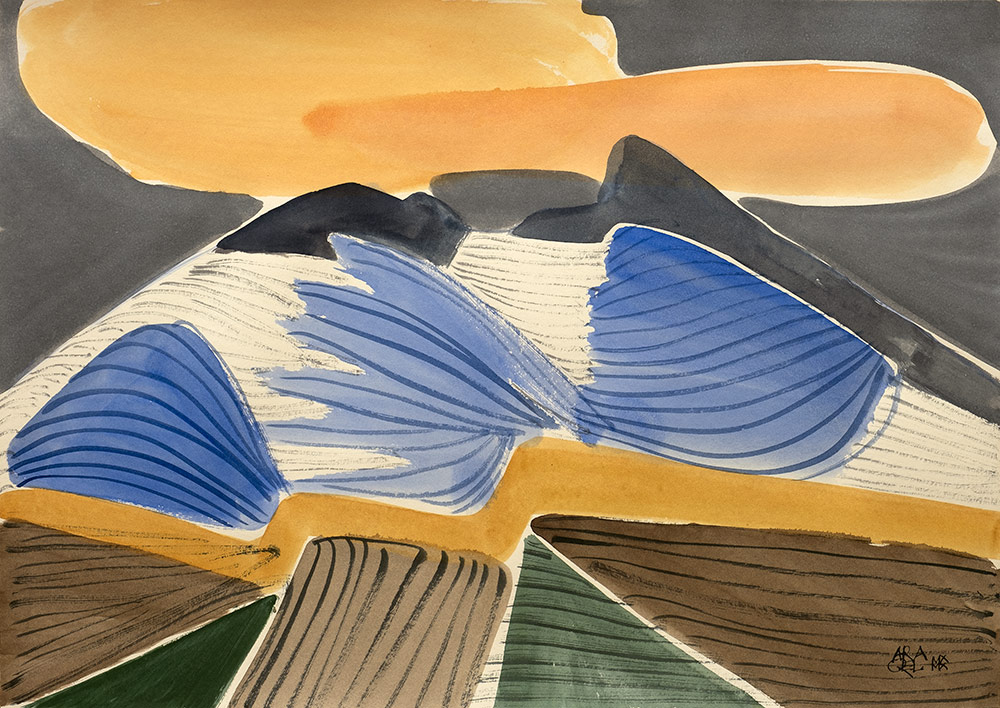
İsimsiz (Untitled), 2020
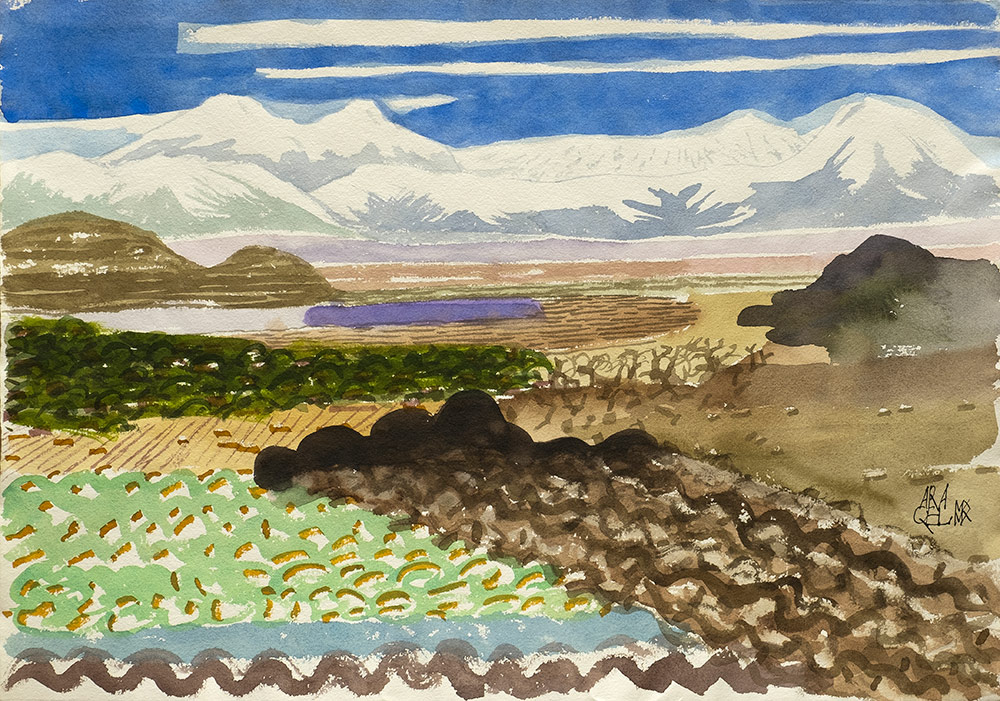
İsimsiz (Untitled), 2020
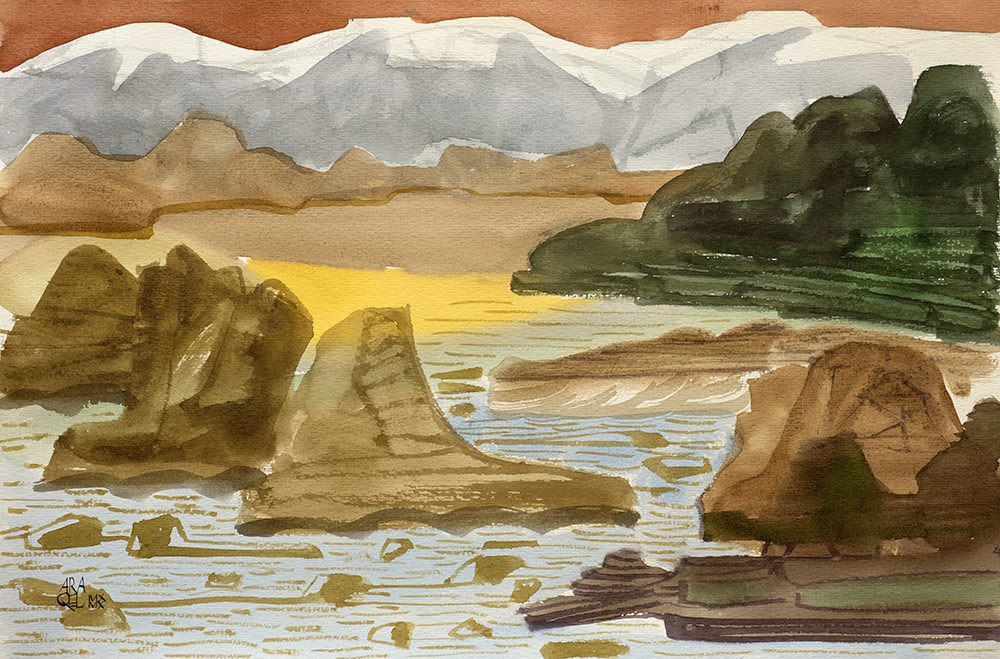
İsimsiz (Untitled), 2020
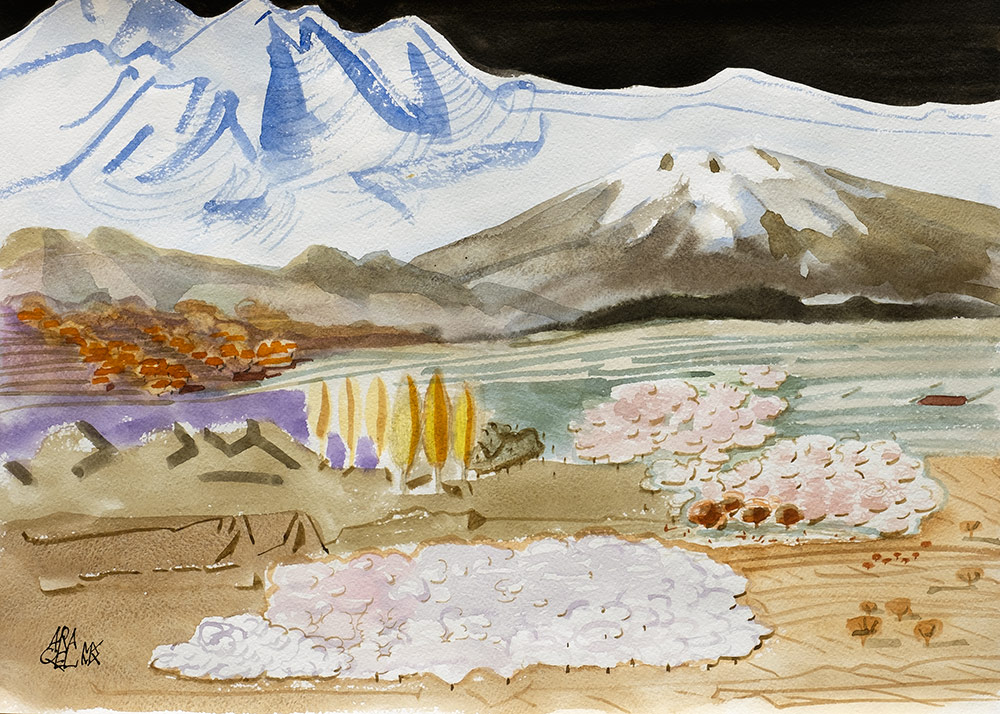
İsimsiz (Untitled), 2020
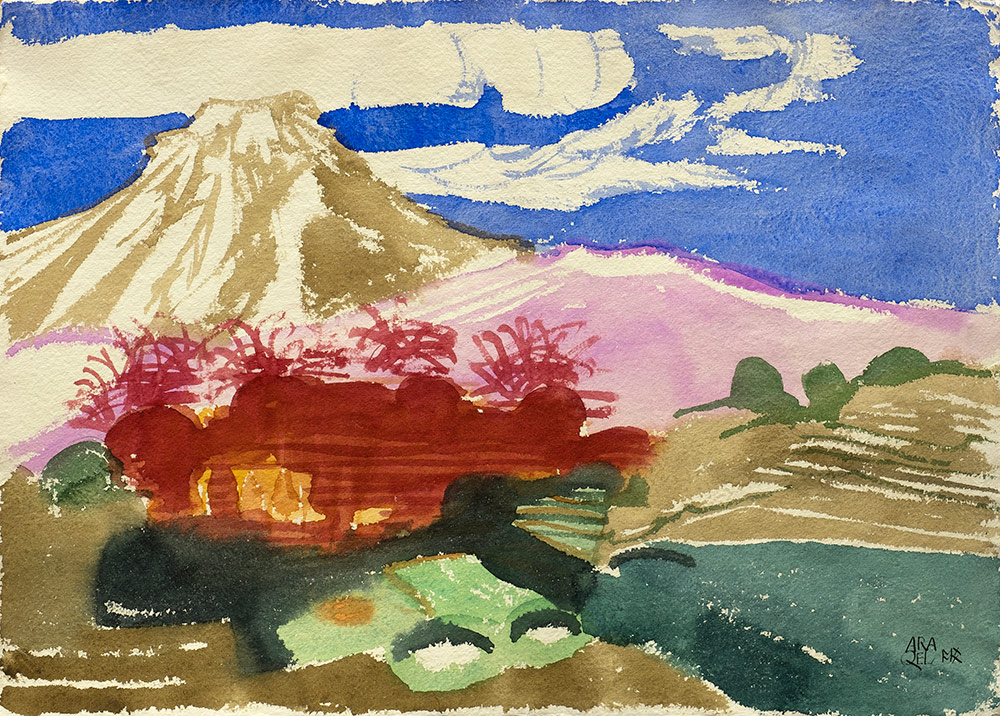
İsimsiz (Untitled), 2020
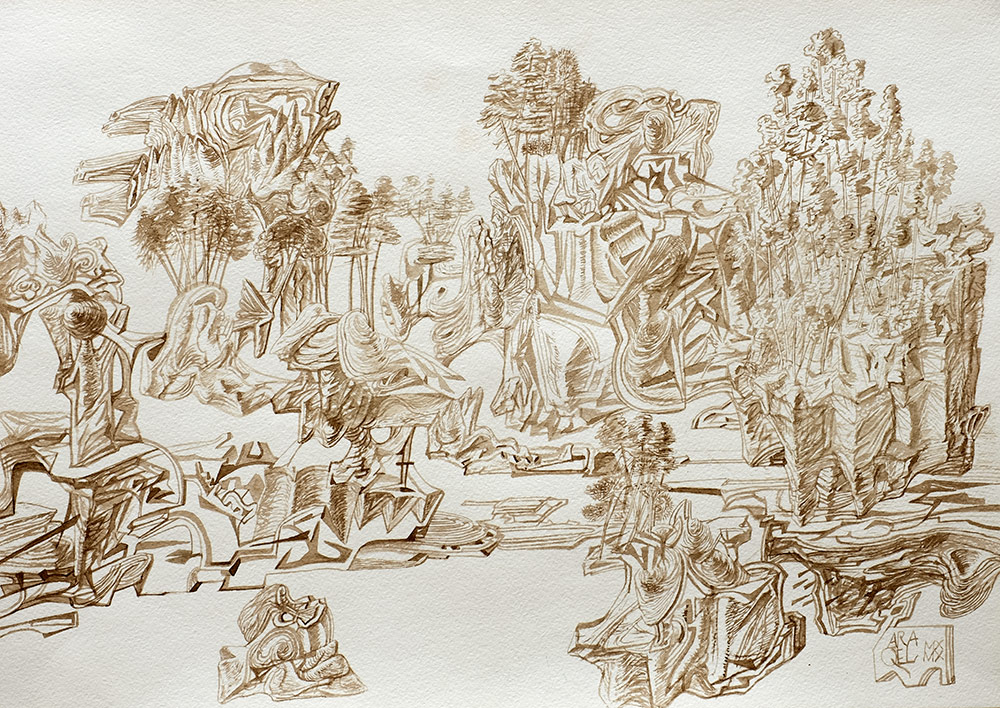
İsimsiz (Untitled), 2020
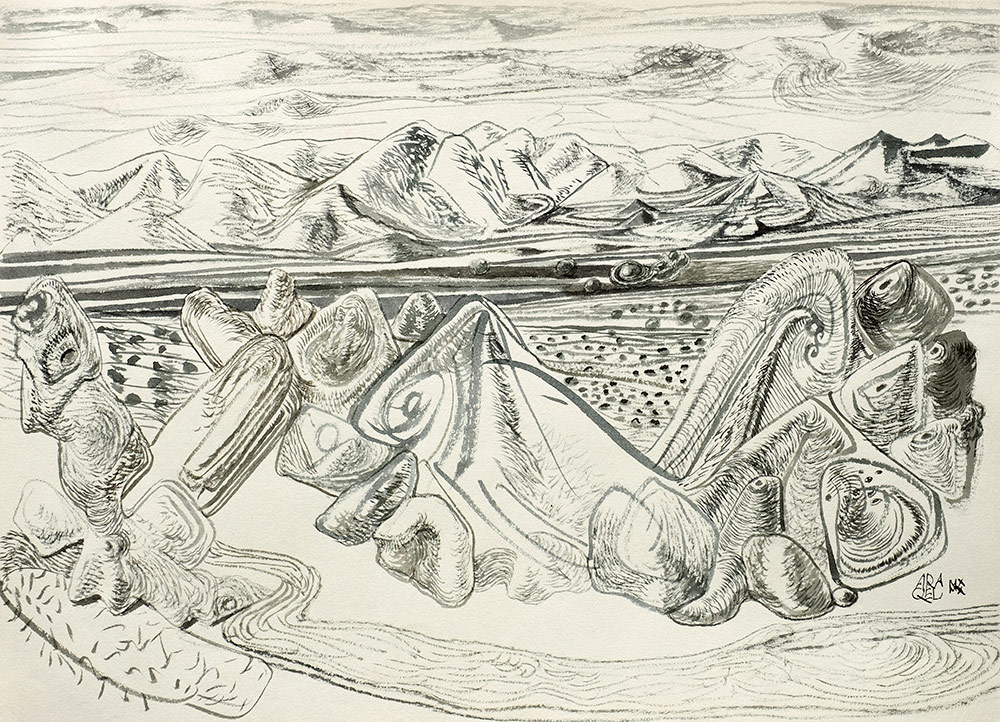
İsimsiz (Untitled), 2020
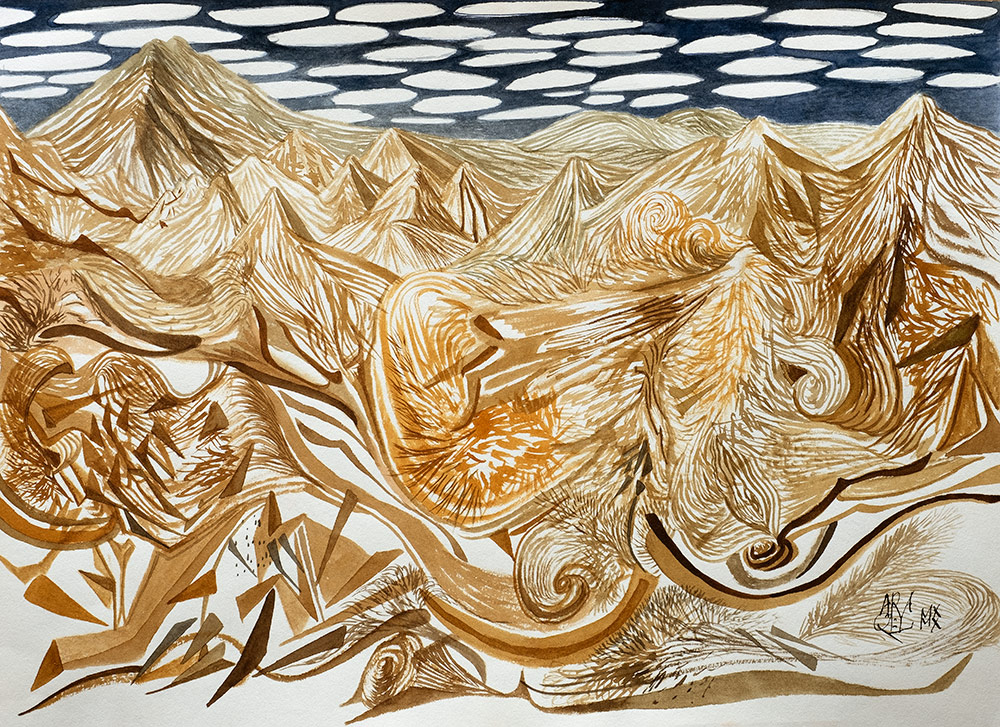
İsimsiz (Untitled), 2020
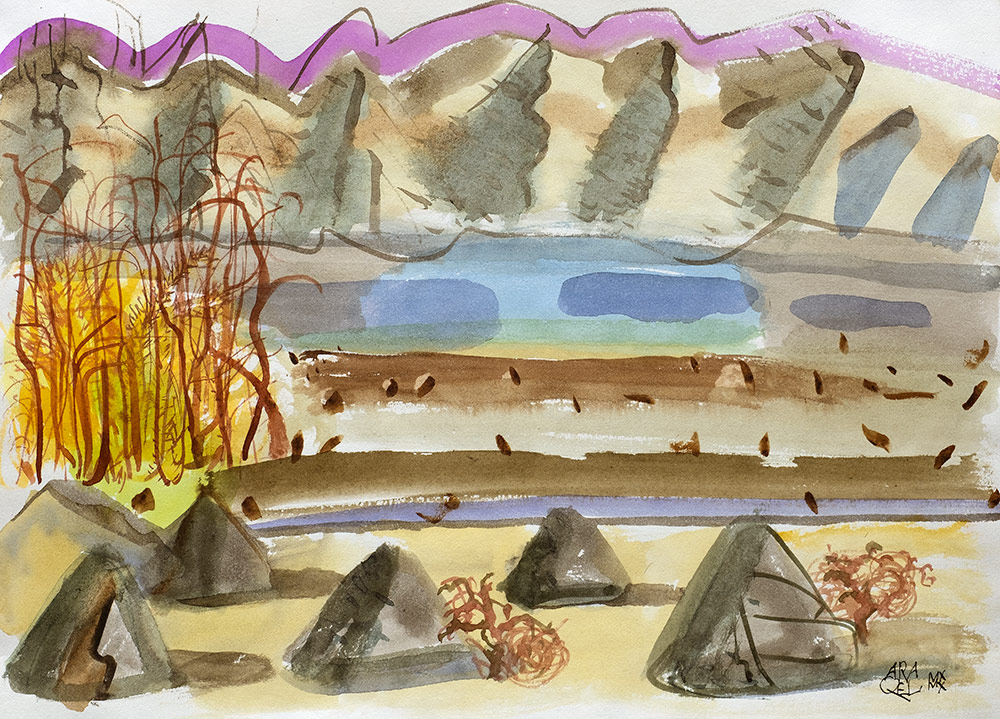
İsimsiz (Untitled), 2020
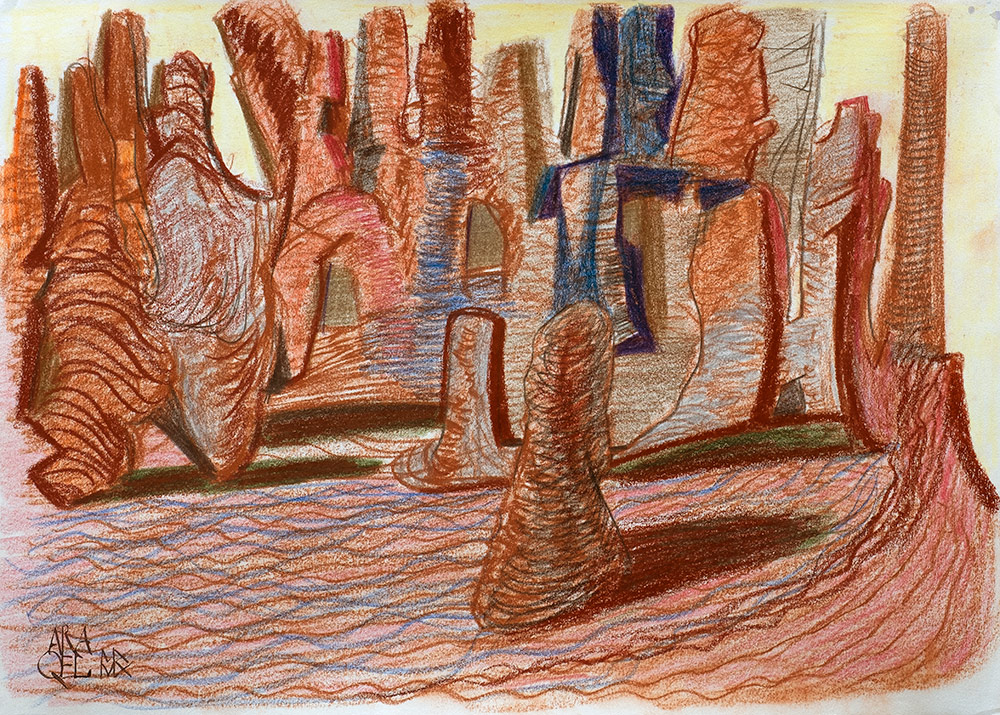
İsimsiz (Untitled), 2020
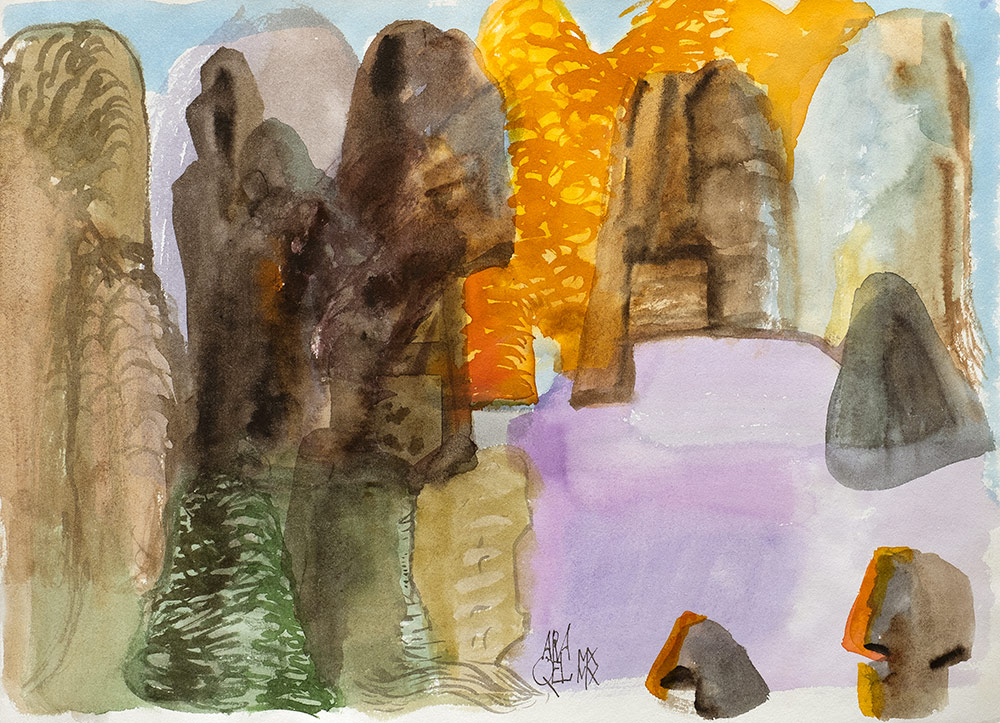
İsimsiz (Untitled), 2020
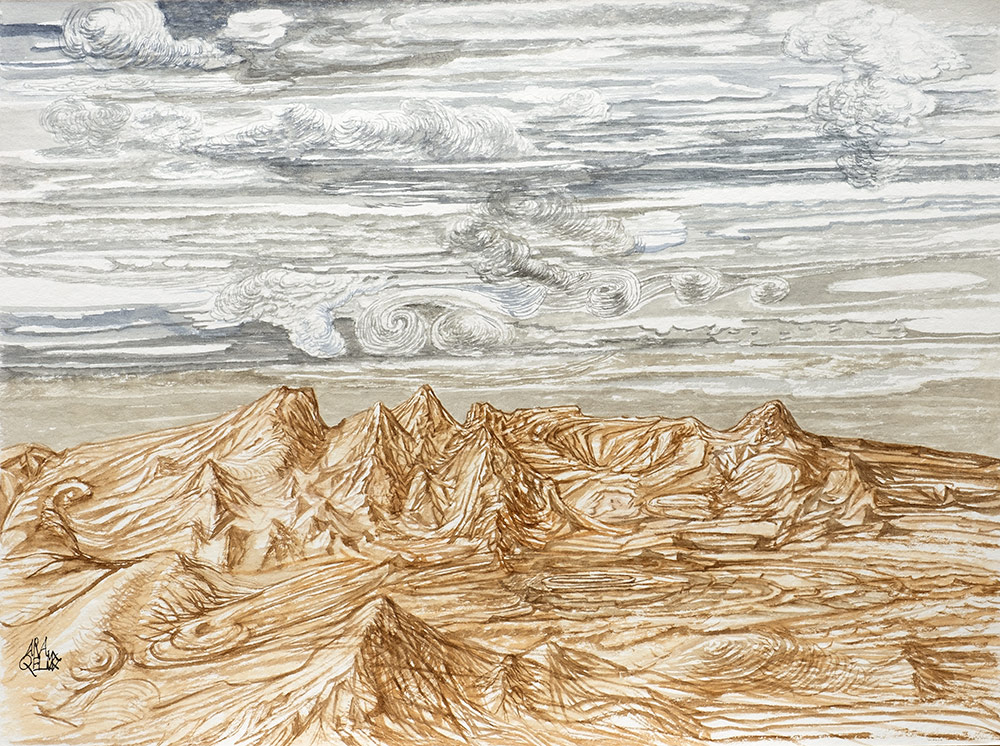
İsimsiz (Untitled), 2020
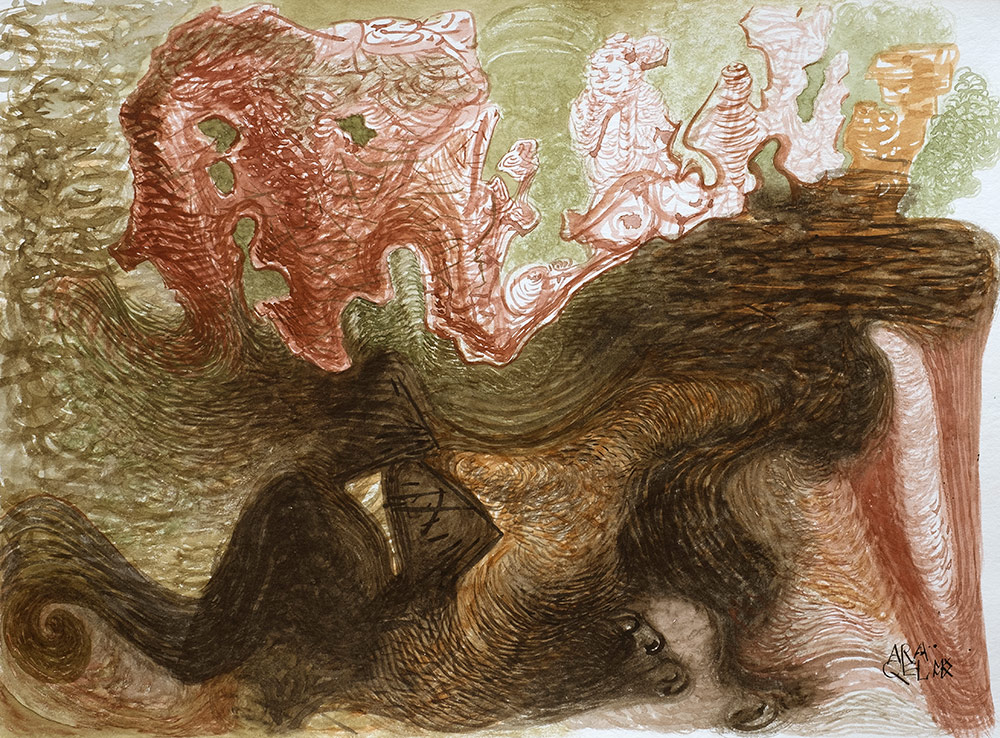
İsimsiz (Untitled), 2020
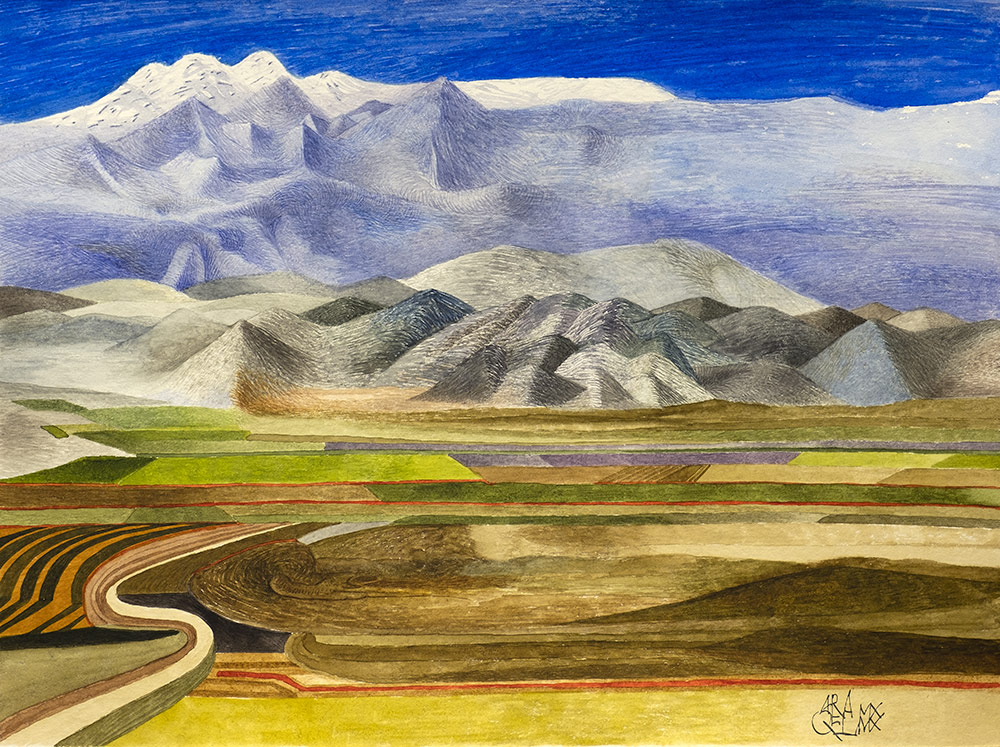
İsimsiz (Untitled), 2020

İsimsiz (Untitled), 2020
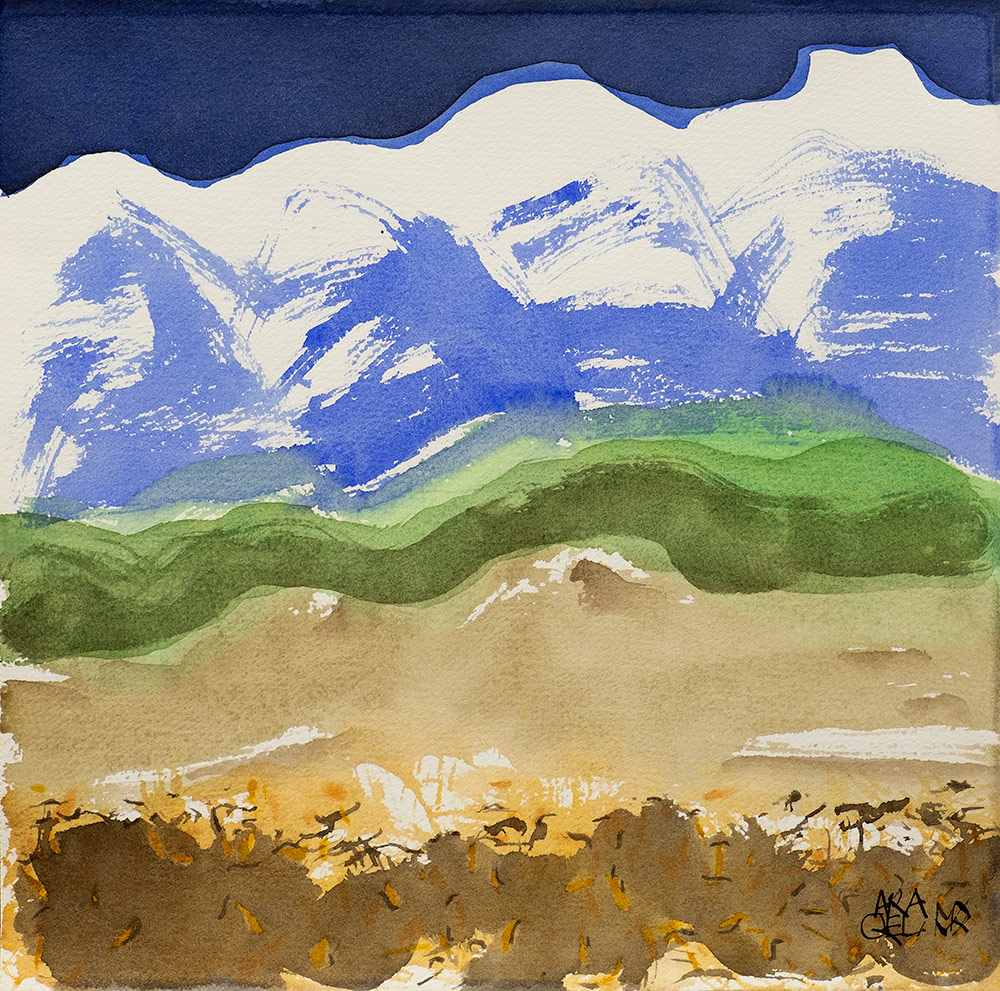
İsimsiz (Untitled), 2020
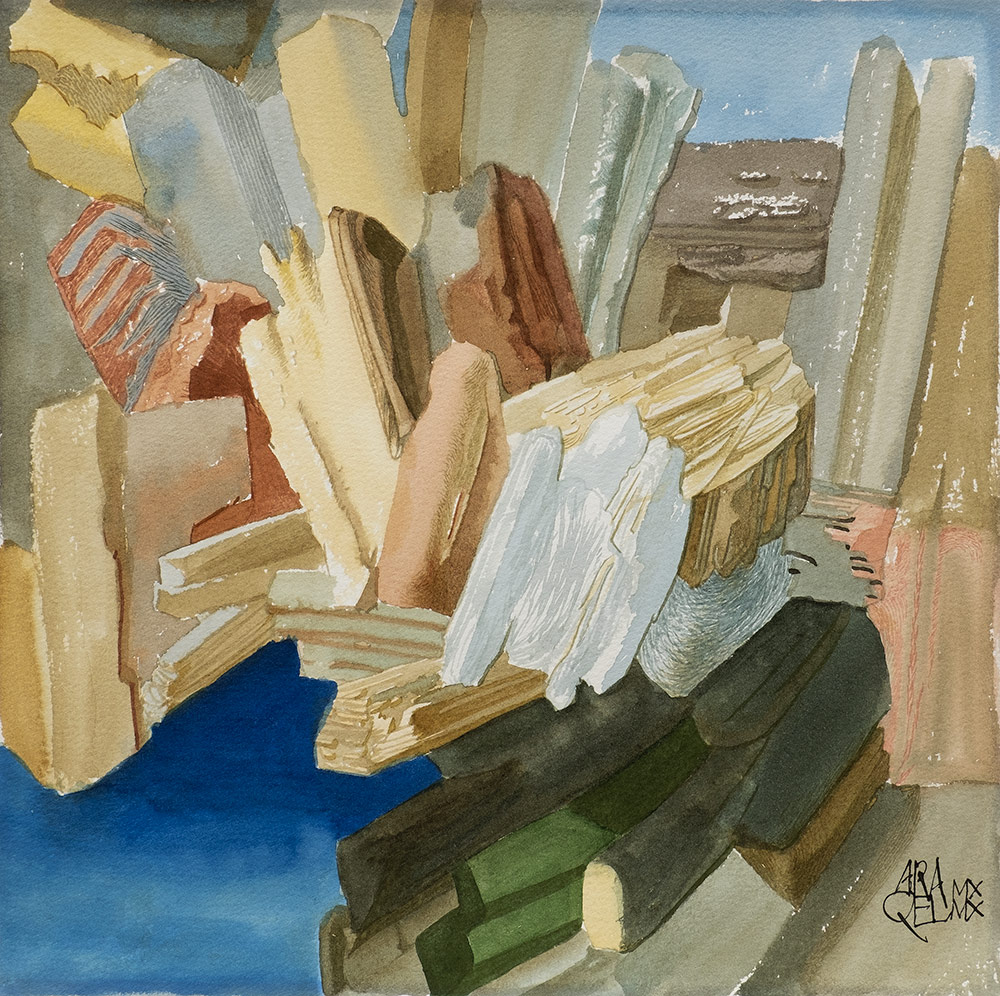
İsimsiz (Untitled), 2020

İsimsiz (Untitled), 2020

İsimsiz (Untitled), 2020

İsimsiz (Untitled), 2020
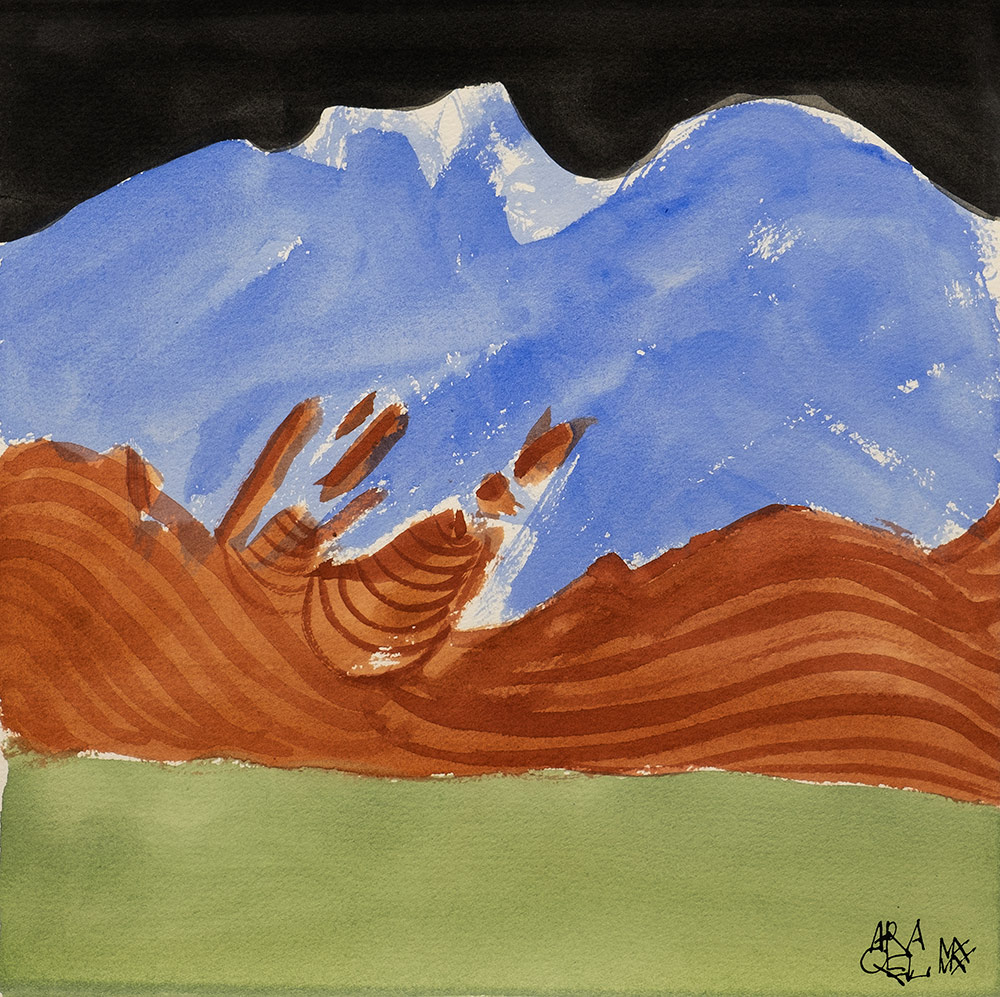
İsimsiz (Untitled), 2020
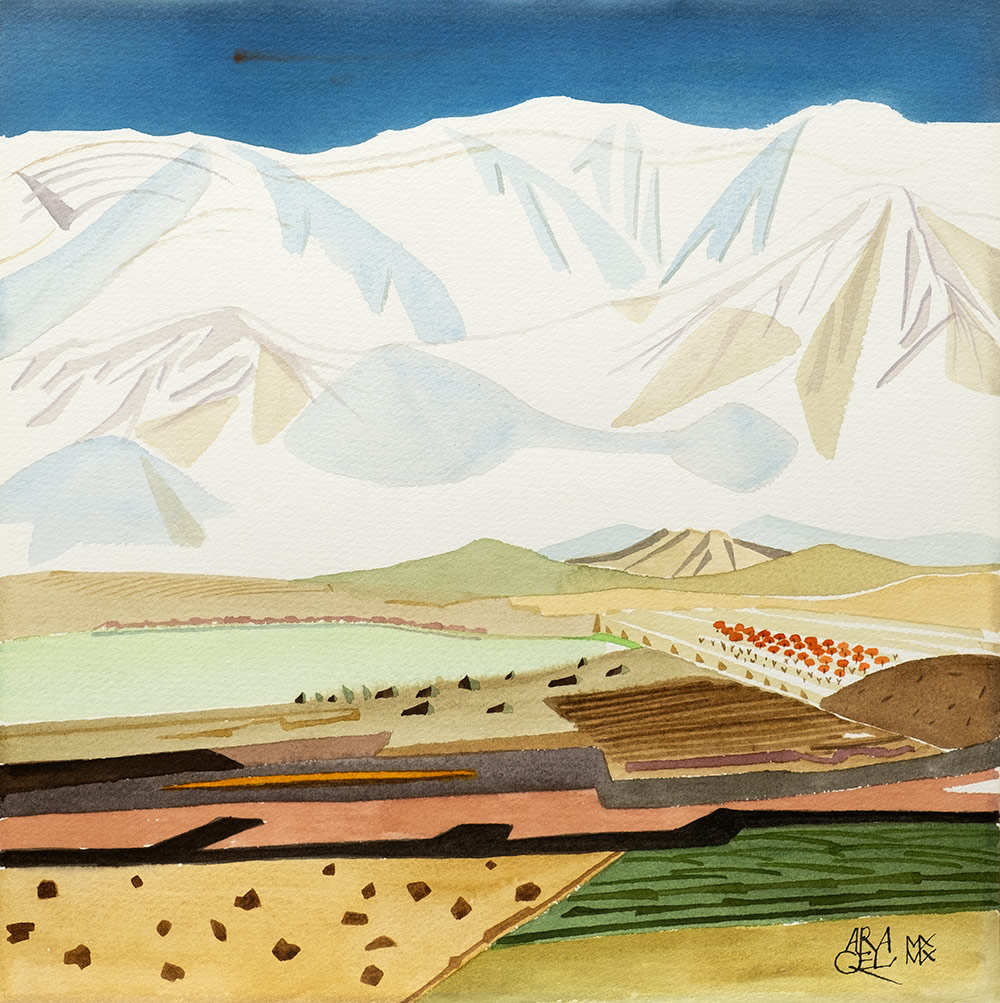
İsimsiz (Untitled), 2020

İsimsiz (Untitled), 2020

İsimsiz (Untitled), 2020
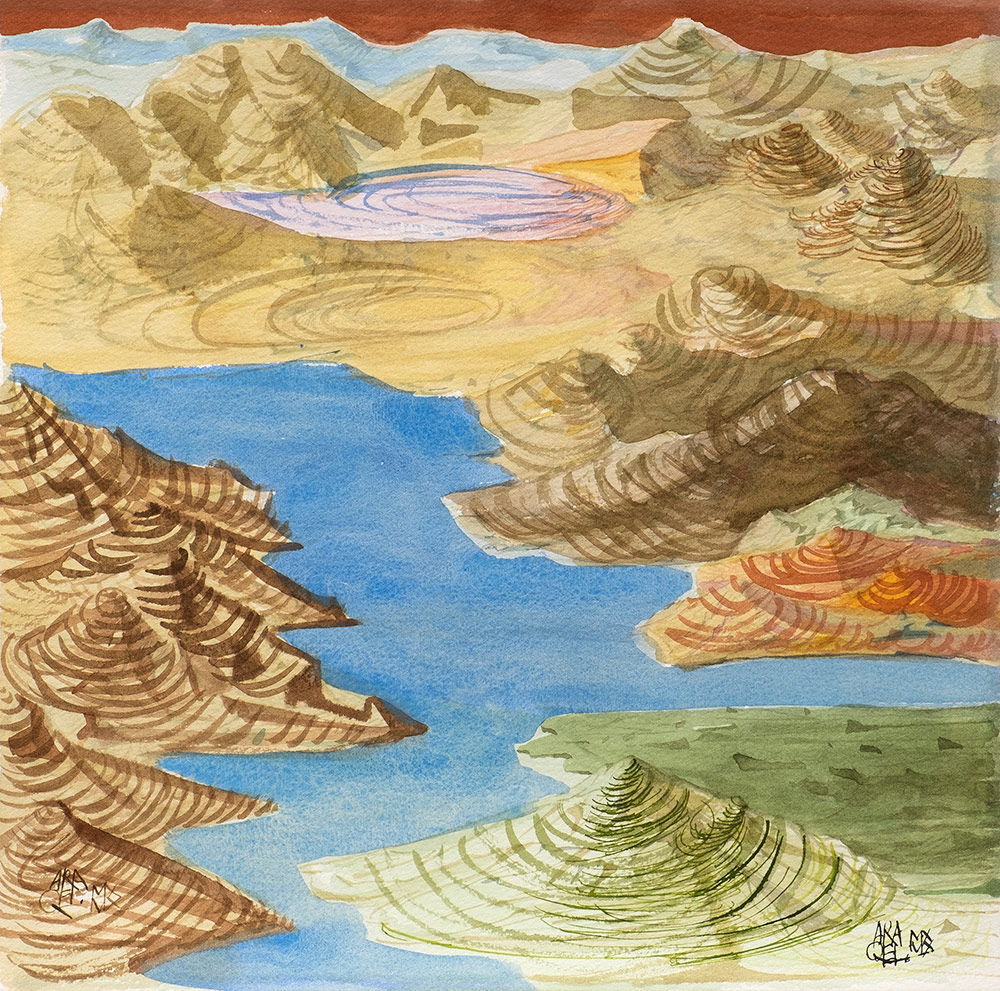
İsimsiz (Untitled), 2020
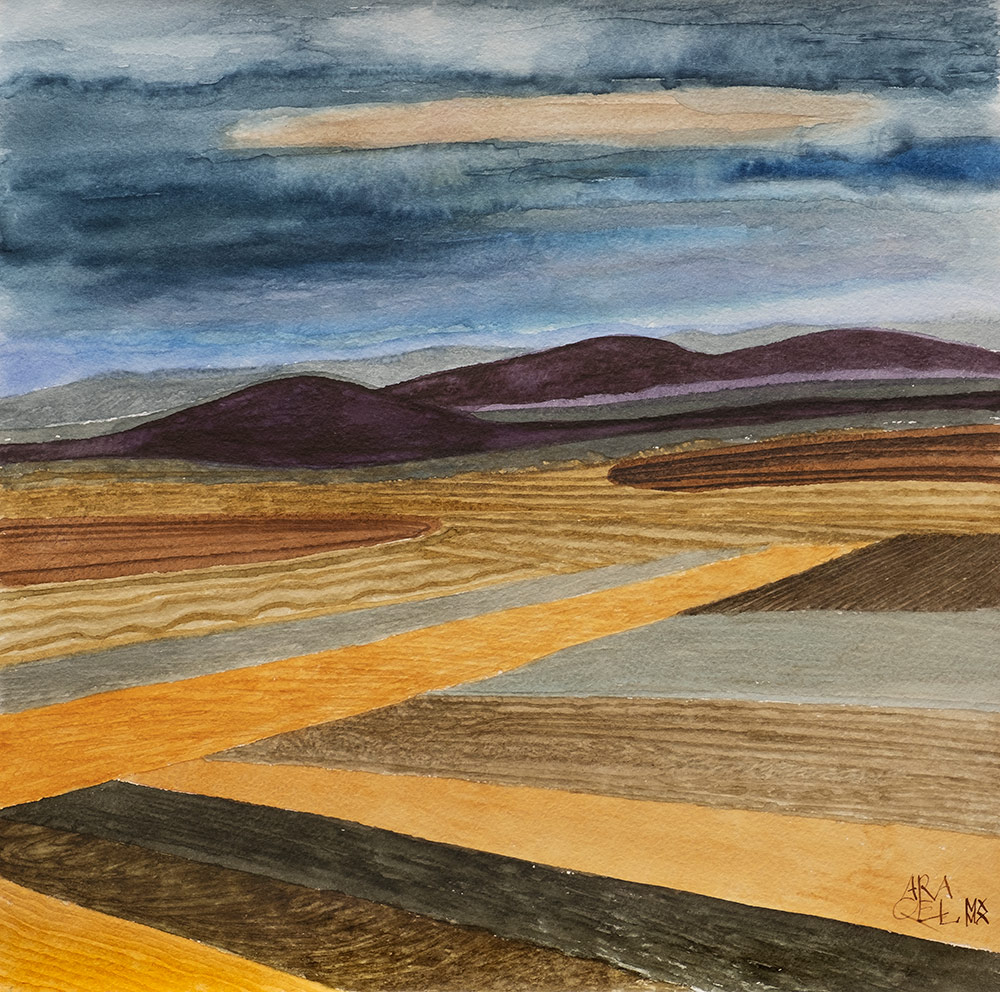
İsimsiz (Untitled), 2020
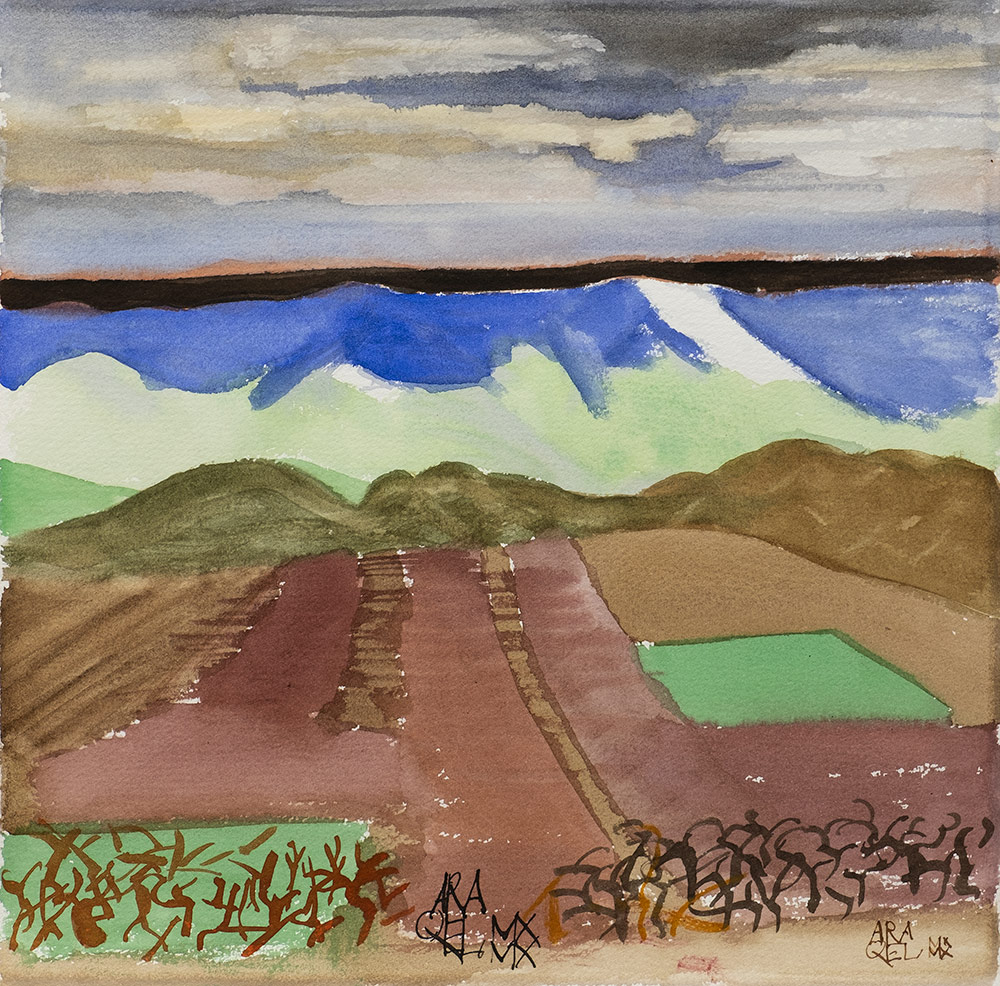
İsimsiz (Untitled), 2020
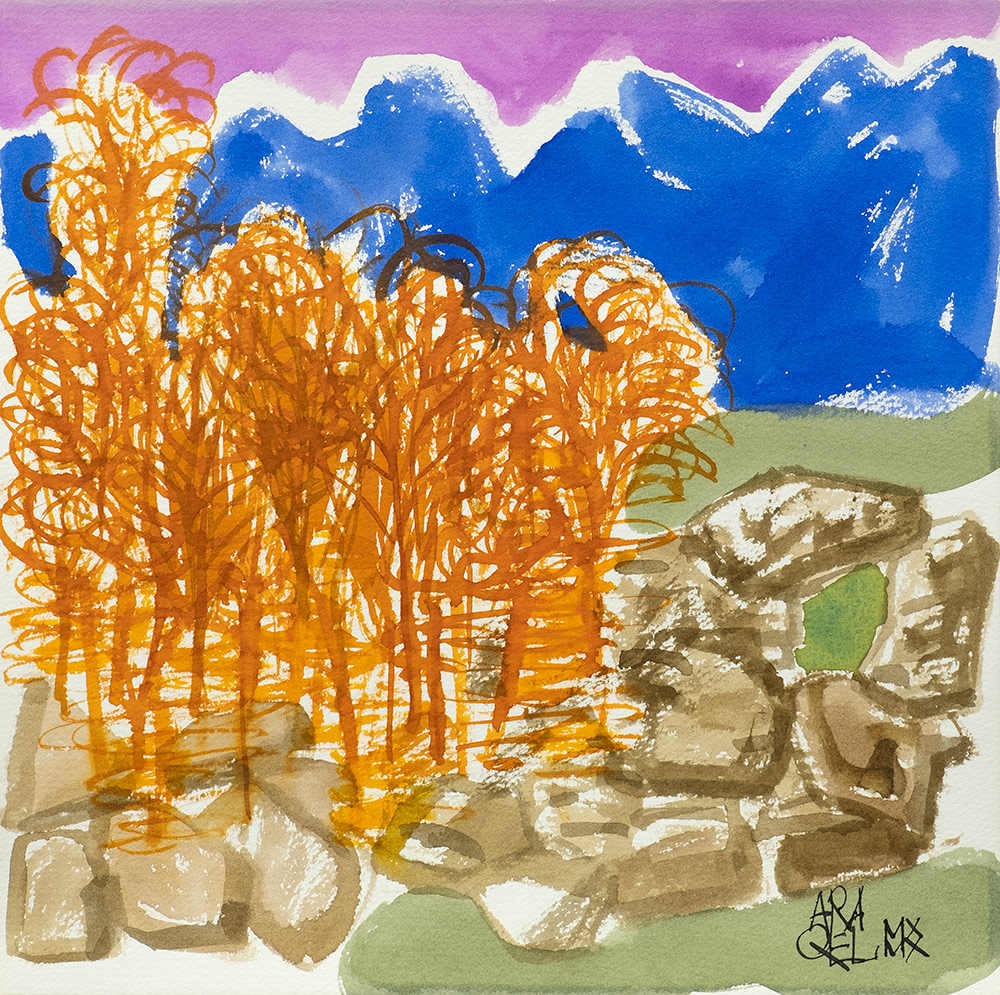
İsimsiz (Untitled), 2020
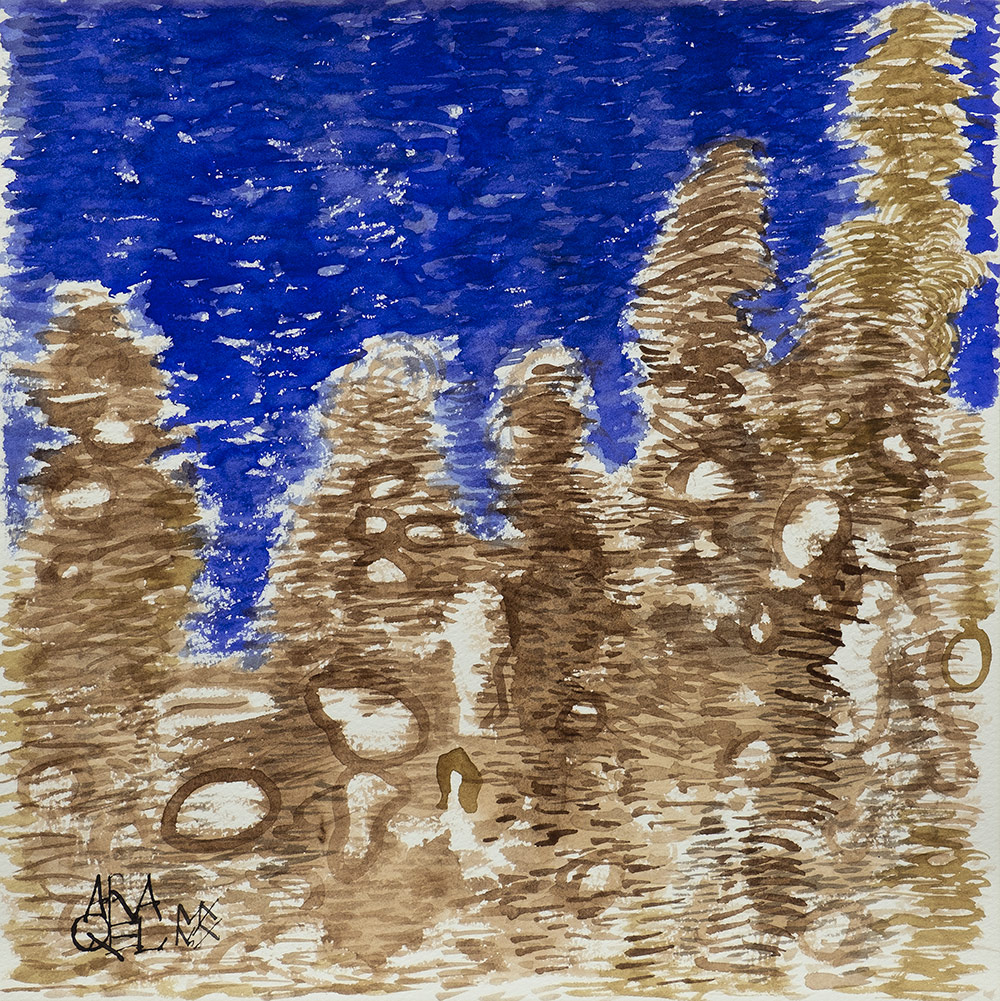
İsimsiz (Untitled), 2020
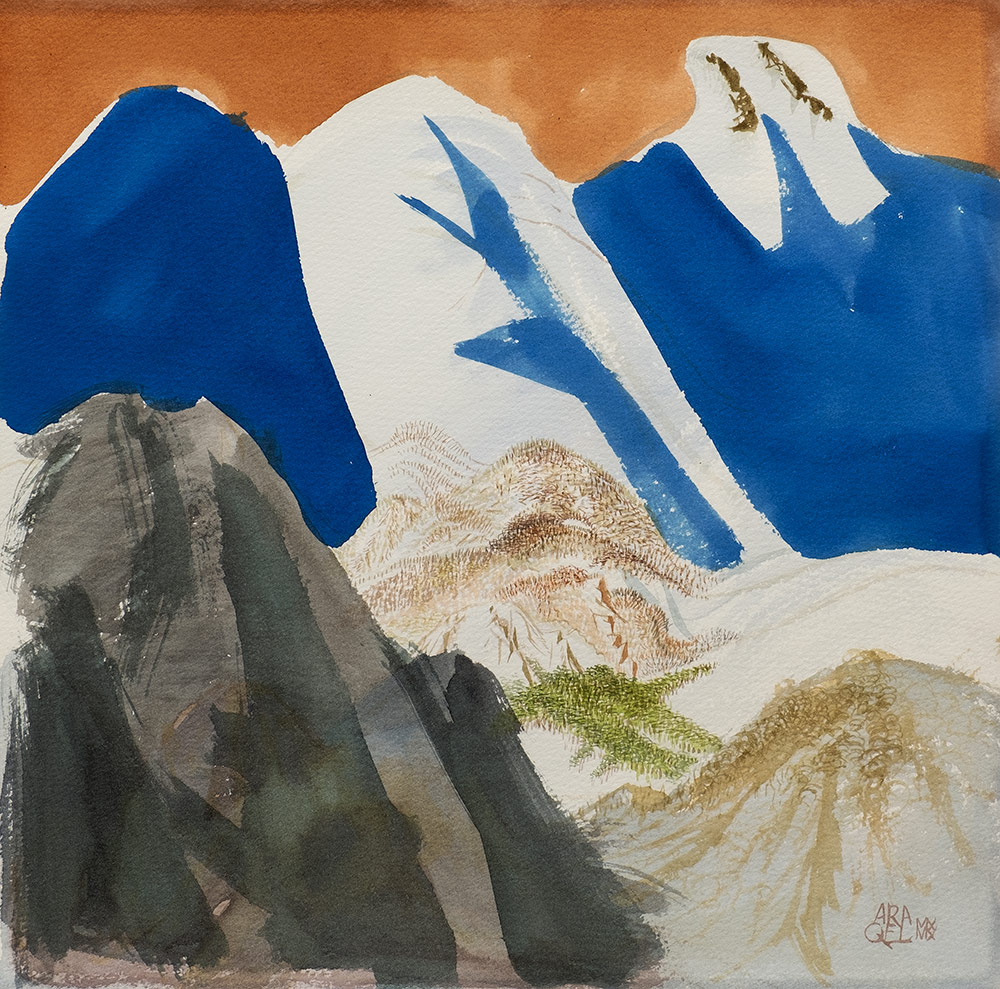
İsimsiz (Untitled), 2020
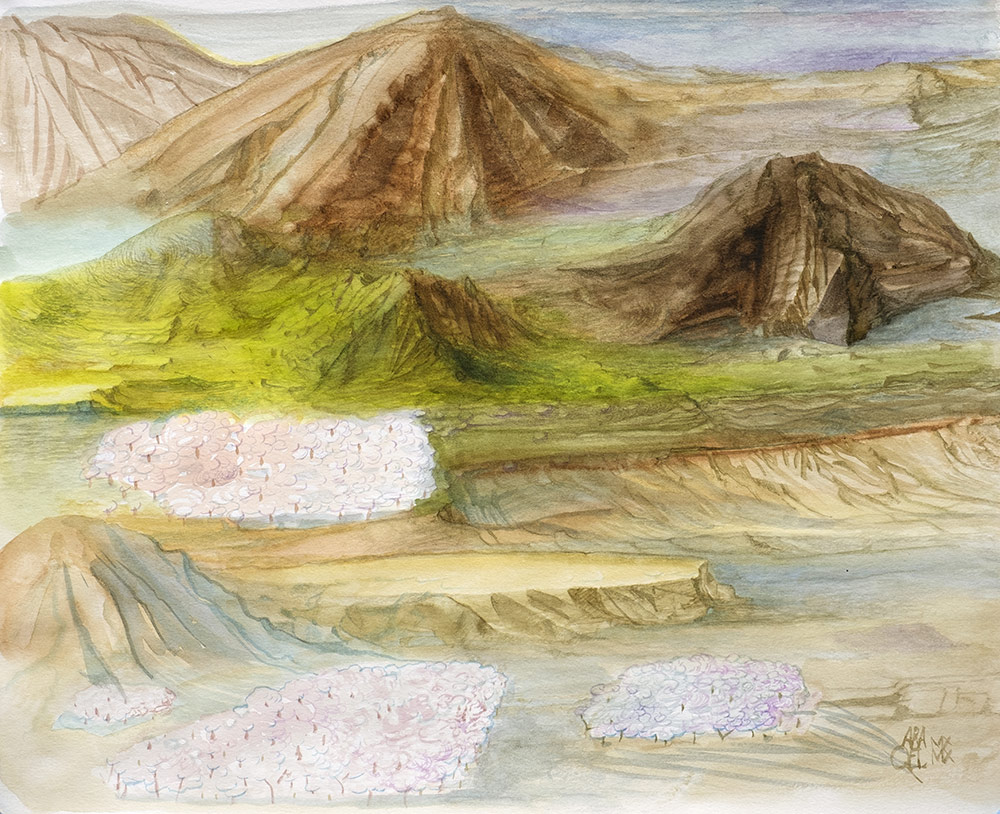
İsimsiz (Untitled), 2020
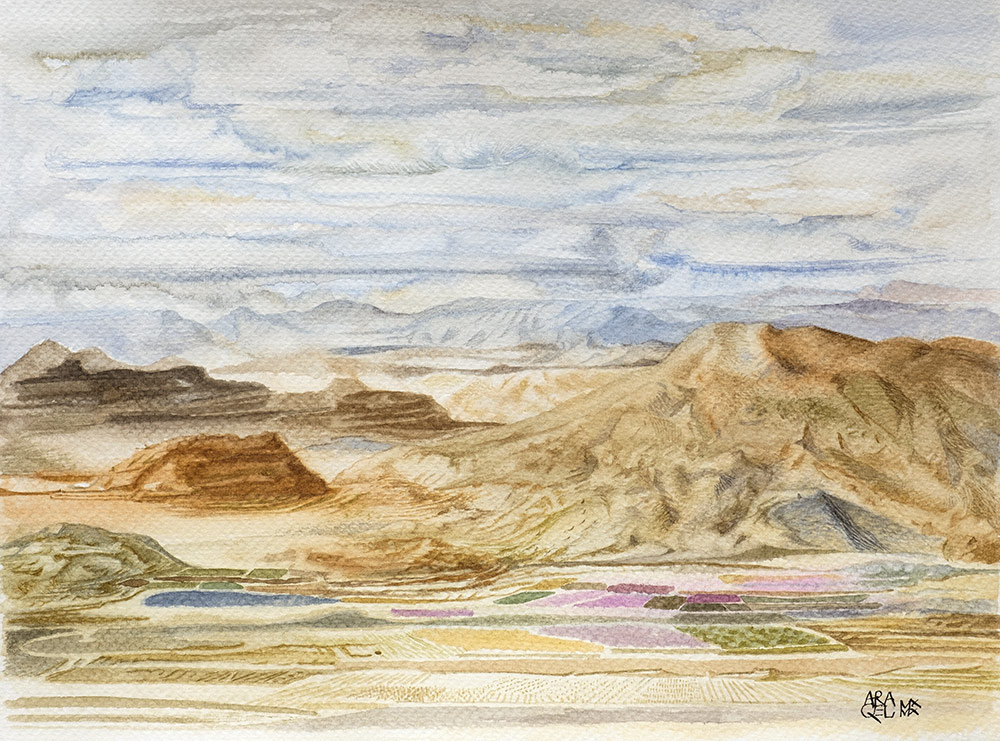
İsimsiz (Untitled), 2020

İsimsiz (Untitled), 2020
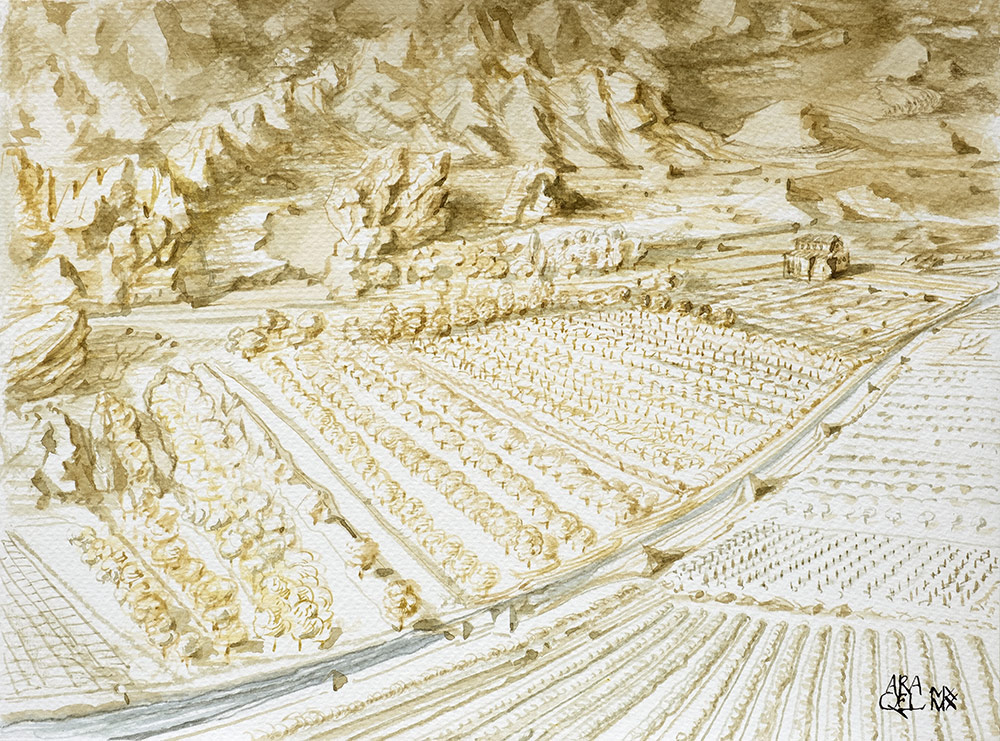
İsimsiz (Untitled), 2020
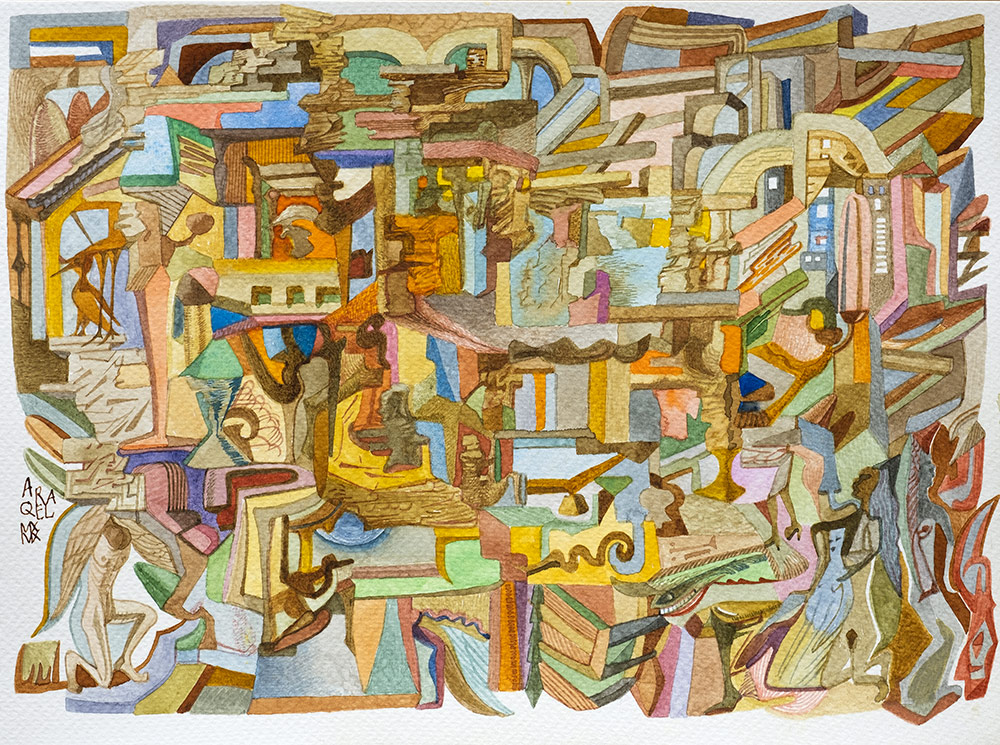
İsimsiz (Untitled), 2020
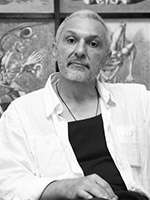
Karen Arakel (ARAQEL) was born in 1960, Tbilisi, Georgia and moved to Yerevan (where he has been residing ever since) when he was 1,5 years old. He has been painting since the age of 4. After graduating high school, Karen Arakel was admitted to Fine Arts and Theater Institute of Yerevan into Ceramics Faculty, however not satisfied with the teaching approach, in the third year he left the Institute and continued to study art on his own. He learned his remarkable technique on his own, through studying paintings of artists who came before him. His painting style has changed numerous times throughout his career. Currently his genre is closest to the style of Renaissance.
It is impossible to talk about Karen Arakel’s body of work without referring to certain periods in art history and to the aesthetics of different civilizations. Likewise, his art has been formed and has gained unique significance through an in-depth study and analysis of art. The artist tries to not only comprehend merely formal representations of pictorial and dimensional characteristics of the arts of the past, but also permeates into their causes and preconditions. He tries to figure out who was the person that created the artwork, to feel his spirit, perception, peculiarities of his mindset. In quest of their ego and personal vision, every artist embarks on personal research and finds inspirations. The path chosen by Karen Arakel is uncommon, for he is in no rush to become recognizable, to find his own style and have an accomplished technique. Open to influences, the artist simultaneously and conscientiously identifies and defines the arts, periods and artists who are close to him in spirit, artistic approach, vision, and aesthetic ethos. Encounters with cultures of different eras and exploration of issues these cultures raise becomes an important tool in finding the clue to his own creativity. For this purpose, the artist has examined and analyzed many different movements and styles such as Dadaism, Symbolism, Abstract Expressionism, Surrealism, Post-Surrealist Modernism in addition to Archaic, Hellenistic, Classical and Renaissance arts over the years, and ultimately produced works with his own interpretation. Karen Arakel's approach of seemingly looking towards the past but taking a step forward, is also one of the most important reasons for the variety of style the artist has developed.
The art of Karen Arakel is undoubtedly unrivalled like the artist himself. As soon as you try to break into the inner world of the artist, you feel his art is sincere like him and at the same time so simply expressed like the artist’s thoughts, so isolated and at the same time so close to nature, to humanity, it is real and at the same time completely imaginary.
No line is senseless in the works of the artist. In Karen Arakel’s art one immediately notices the elements of surprise, unexpected juxtapositions and non sequitur, features typical to surrealism. Considering his art a kind of revolutionary movement, Arakel unwillingly struggles with reality, with rules and laws and stated stereotypes that are identically unacceptable for the artist. Inspired by surrealism, the artist’s works contain political and social elements. There is a lot of philosophy in the artist’s tale, however he never forgets the famous saying, “Everything genius is simple.”
Karen Arakel’s works reflect various guises of the allegory of nature, sometimes enlivened with human figures. The artist merges ordinary and incredible images, illusion, and visual experience close to or distant from the predictable border. By creating different horizons, he couples them with human beings or animals that ignore the laws of optical perspective and the earth's gravitational force. Dreams, premonitions, introspection, humanistic primal instincts, joys, inner fears, their pure unadulterated integrity, and the use of various allegorical allusions and symbols have been the subject of the artist's meticulous works.
Signing his works under the moniker ARAQEL, the artist thoroughly investigated the pictorial arts of different countries, honing his skills and mastering various graphic and drawing techniques, including Sumi-e, also known as the ink wash painting style originating from Japan and China, which he has synthesized with Western modern art, forming the basis of his oeuvre. Furthermore, having a full command of the oil painting technique, Karen Arakel also specializes in the "tempera" technique on wood, which is very difficult to apply because it dries very quickly and shows any imperfections immediately.
Convinced that in Armenia the age of fascination with Modernism will be short-lived, he preferred to avoid group exhibitions and started declining any such offers. In all this time, the only exceptions have been two exhibitions: “III-rd Floor” at the Union of Artists in 1987 and an exhibition held at Ervand Kochar Museum in 1991. Then, after such careful preparation, did he begin to think about organizing a well-thought-out individual exhibition. The retrospective exhibition of the artist, opened at the Galentz Museum in Yerevan in 2015, presented the artist’s oeuvre of the last 30 years. Besides paintings and graphic works, art objects and assemblages were also presented to complete the artist’s aesthetic vision. Nearly all Karen Arakel’s works spread among numerous private collections in different countries: in particular, the USA, the Netherlands, Spain, and Turkey.


